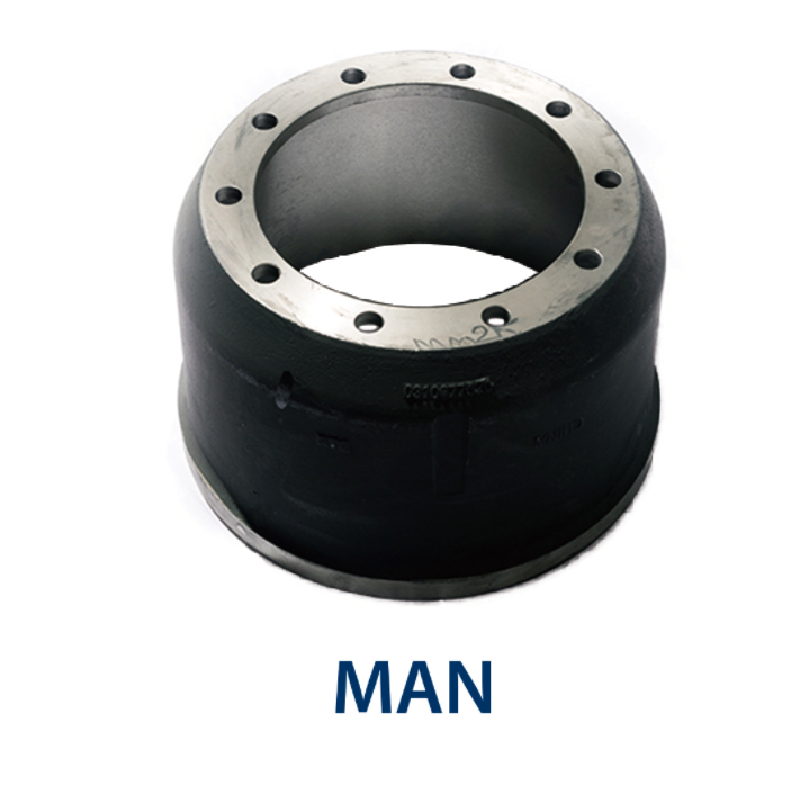10 сар . 13, 2024 17:35 Back to list
Differences Between Brake Pads and Brake Drums Explained for Vehicle Maintenance
Brake Pads vs. Brake Drums Understanding the Key Differences
When it comes to vehicle braking systems, one of the most crucial components is the braking mechanism itself. Among these mechanisms, brake pads and brake drums play significant roles, yet they function differently and are suited for various types of vehicles and driving conditions. Understanding the differences between brake pads and brake drums is essential for vehicle owners and enthusiasts, as it can influence maintenance decisions, vehicle performance, and safety.
Brake Pads
Brake pads are an integral part of disc brake systems, which have become the standard in modern vehicles, particularly passenger cars and motorcycles. When the brake pedal is pressed, hydraulic pressure activates the brake pads, forcing them against a rotating disc (or rotor) attached to the wheel. This contact creates the necessary friction to slow down or stop the vehicle.
Advantages of Brake Pads
1. Performance Brake pads are known for their superior stopping power. The friction generated between the pads and the discs provides quick and efficient braking, which is essential for safety, especially in high-speed situations or during emergency stops.
2. Cooling Disc brake systems, including brake pads, are designed to dissipate heat quickly. This characteristic minimizes brake fade, a condition where brakes become less effective due to overheating, which is particularly advantageous during prolonged use or rigorous driving conditions.
3. Versatility Brake pads are available in various materials, such as organic, metallic, and ceramic, allowing vehicle owners to choose options that best suit their driving style and conditions. For example, ceramic pads are quieter and produce less dust, making them an excellent choice for everyday drivers.
Brake Drums
Brake drums are typically found in the drum brake system, which is still used in many older vehicles and is common in trucks and trailers. In this system, brake shoes press against the inner surface of a cylindrical drum when the brake pedal is pressed, generating friction to slow down the vehicle.
brake pads vs brake drums

Advantages of Brake Drums
1. Cost-Effective Brake drums and shoes tend to be less expensive to manufacture than disc brakes and pads. As a result, drum brake systems are often found in budget-conscious vehicles or those designed for utility purposes.
2. Self-Adjustment Drum brakes have a self-adjusting mechanism that can maintain optimal contact between the shoes and the drum, prolonging their lifespan and ensuring consistent braking performance.
3. Better for Heavy Loads Drum brakes are particularly effective for handling heavy loads, making them ideal for commercial vehicles that require powerful stopping capability. The enclosed design also offers better performance in adverse weather conditions, such as rain or snow.
Disadvantages of Each System
While both brake pads and drums have their advantages, they also come with drawbacks. Brake pads can wear down more quickly due to the heat generated during braking, especially in high-performance situations. Additionally, they might require more frequent replacement, leading to higher long-term maintenance costs.
On the other hand, brake drums can suffer from brake fade more easily during extended braking sessions. They may also be less efficient in terms of heat dissipation, causing them to lose effectiveness more quickly in demanding driving conditions. Furthermore, drum brakes can be more complicated to service, potentially increasing labor costs during maintenance.
Conclusion
In summary, the choice between brake pads and brake drums largely depends on the vehicle type, intended use, and personal preferences regarding performance and maintenance. Disc brake systems with brake pads dominate the modern automotive landscape due to their efficiency and performance. However, drum brakes remain relevant, particularly in commercial applications and older vehicles.
Ultimately, understanding the differences between these braking systems can aid vehicle owners in making informed decisions about maintenance, replacement, and upgrades, ensuring safety and optimal performance on the road. Regular inspection and timely replacement of either system are key to maintaining effective braking and enhancing overall vehicle reliability.
-
Brake Drum Liza Durable & High-Performance Brake Solutions
NewsMay.29,2025
-
Brake Drum Liza Durable Drum Brake & Shoe Replacement Solutions
NewsMay.29,2025
-
Brake Drum Liza High-Quality Drum Brake & Shoe Solutions
NewsMay.29,2025
-
Brake Drum Liza Durable Drum Brake & Shoe Solutions for Vehicles
NewsMay.29,2025
-
Brake Drum Liza Premium Drum Brake Components & Shoes
NewsMay.29,2025
-
Brake Drum Man Durable Drum Brake Drums & Shoes Supplier
NewsMay.28,2025
